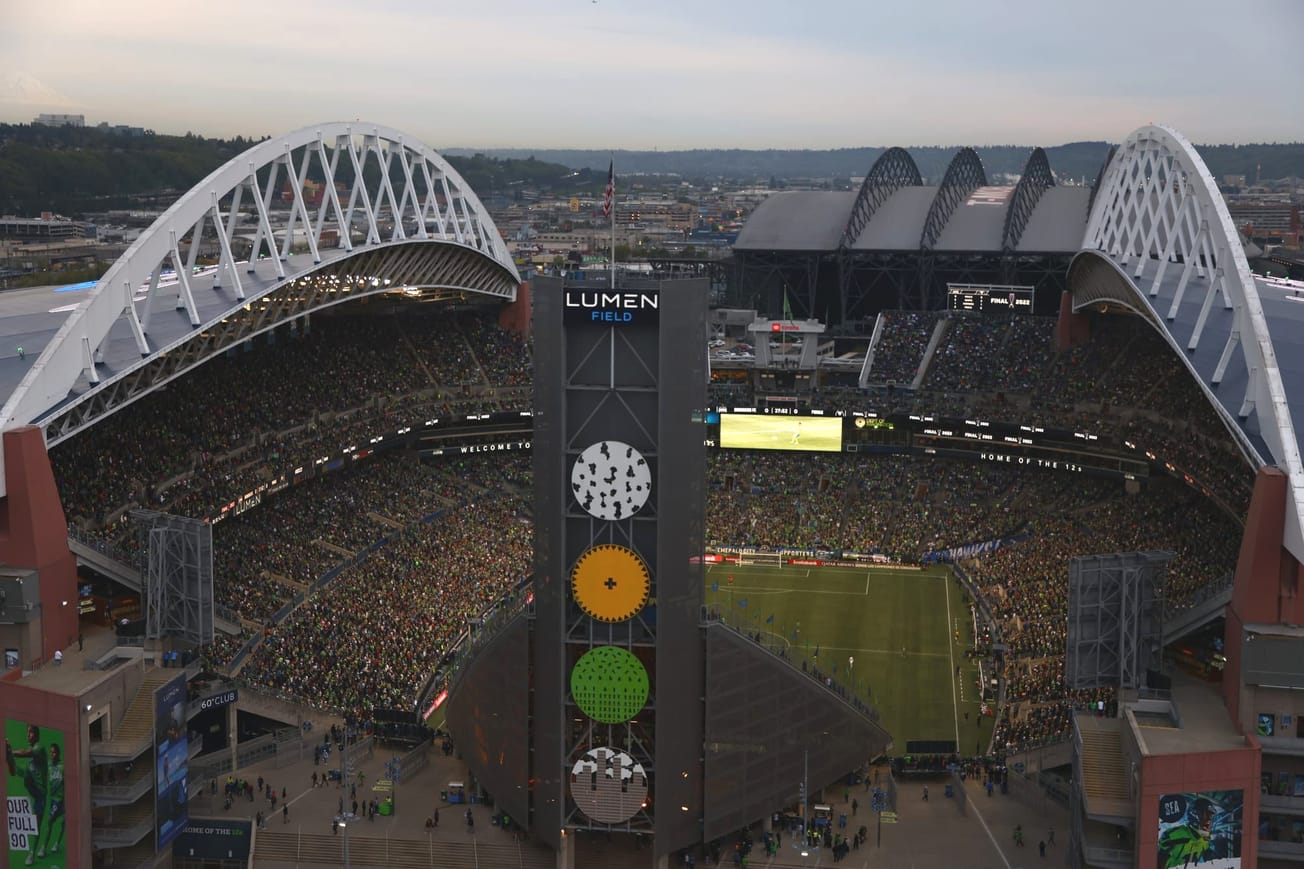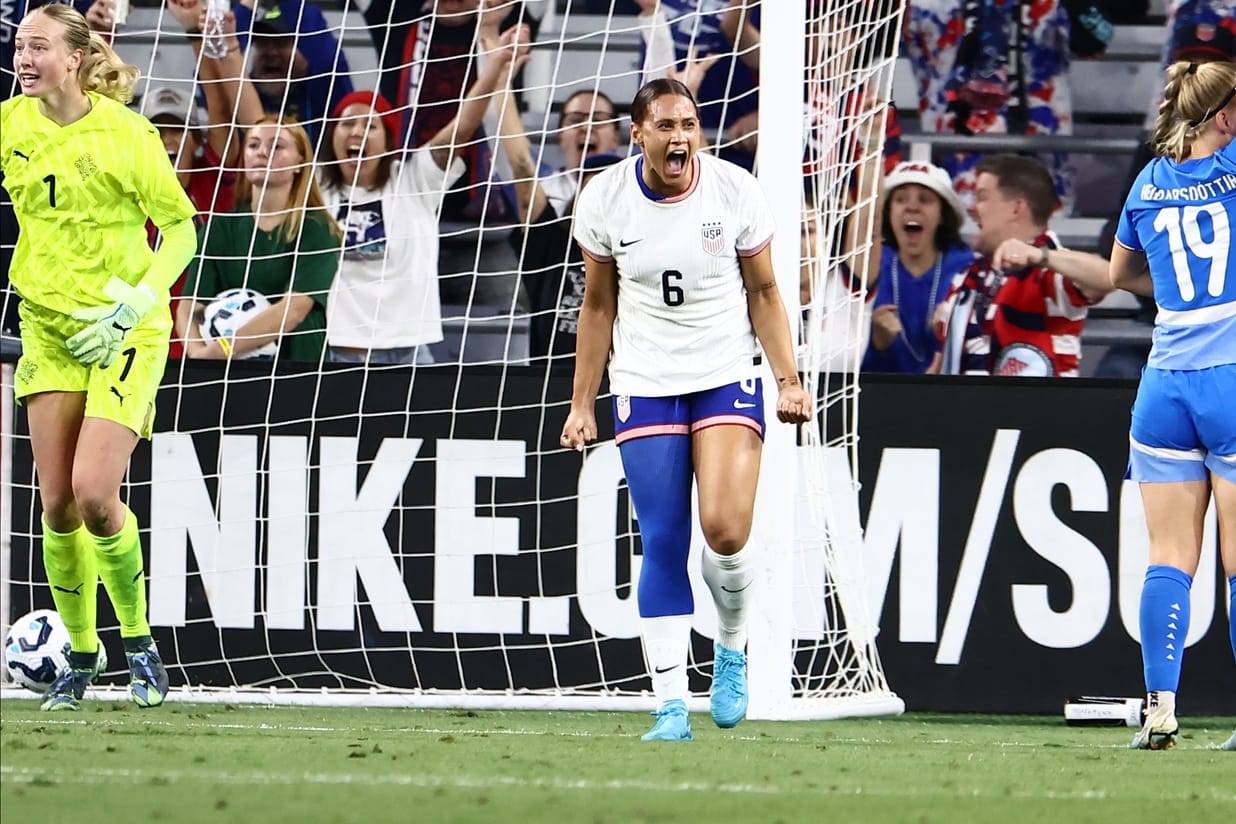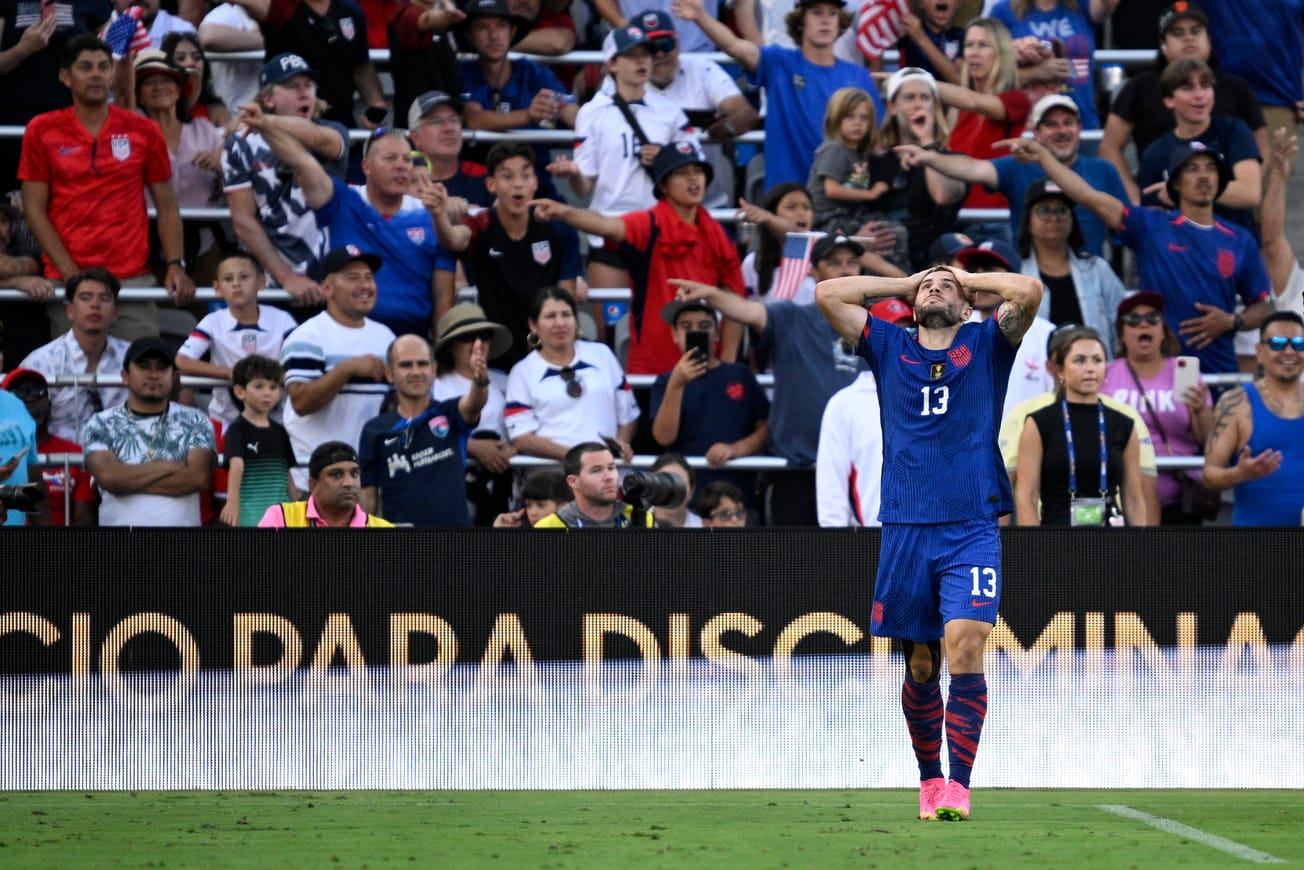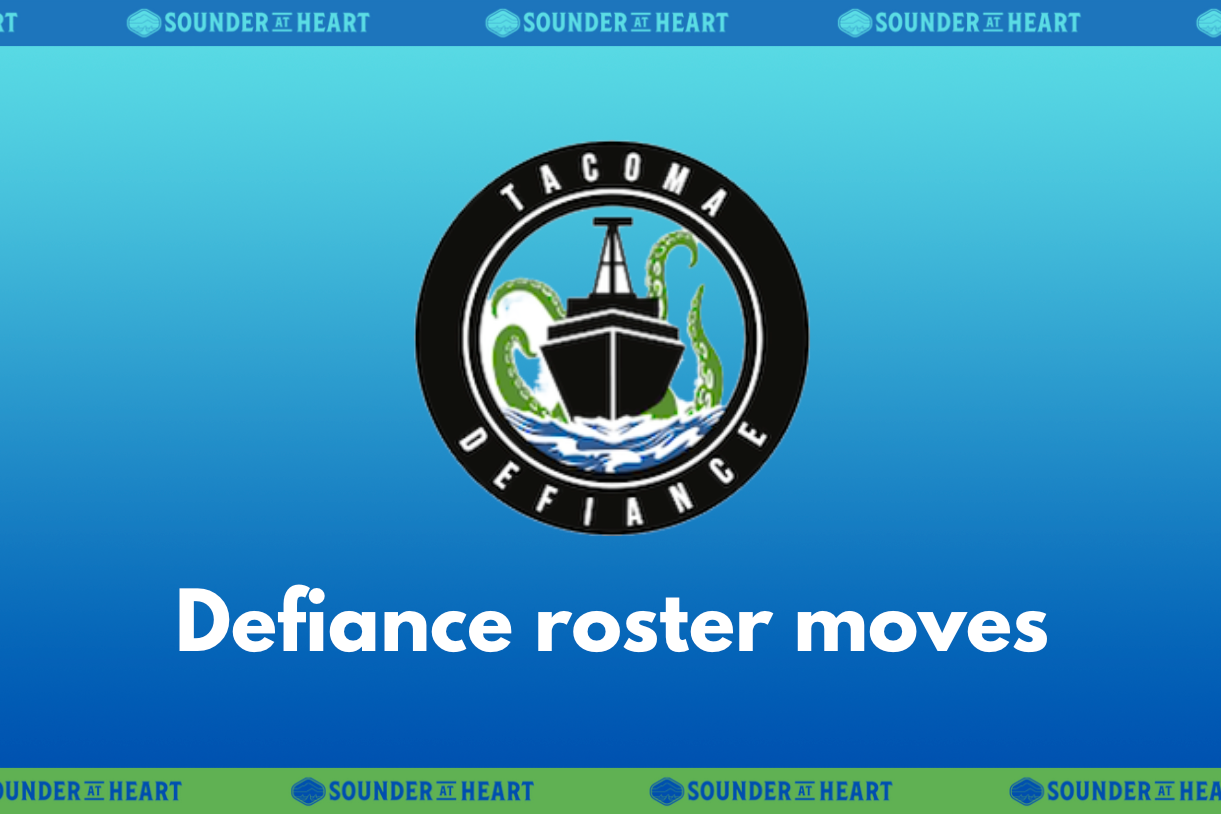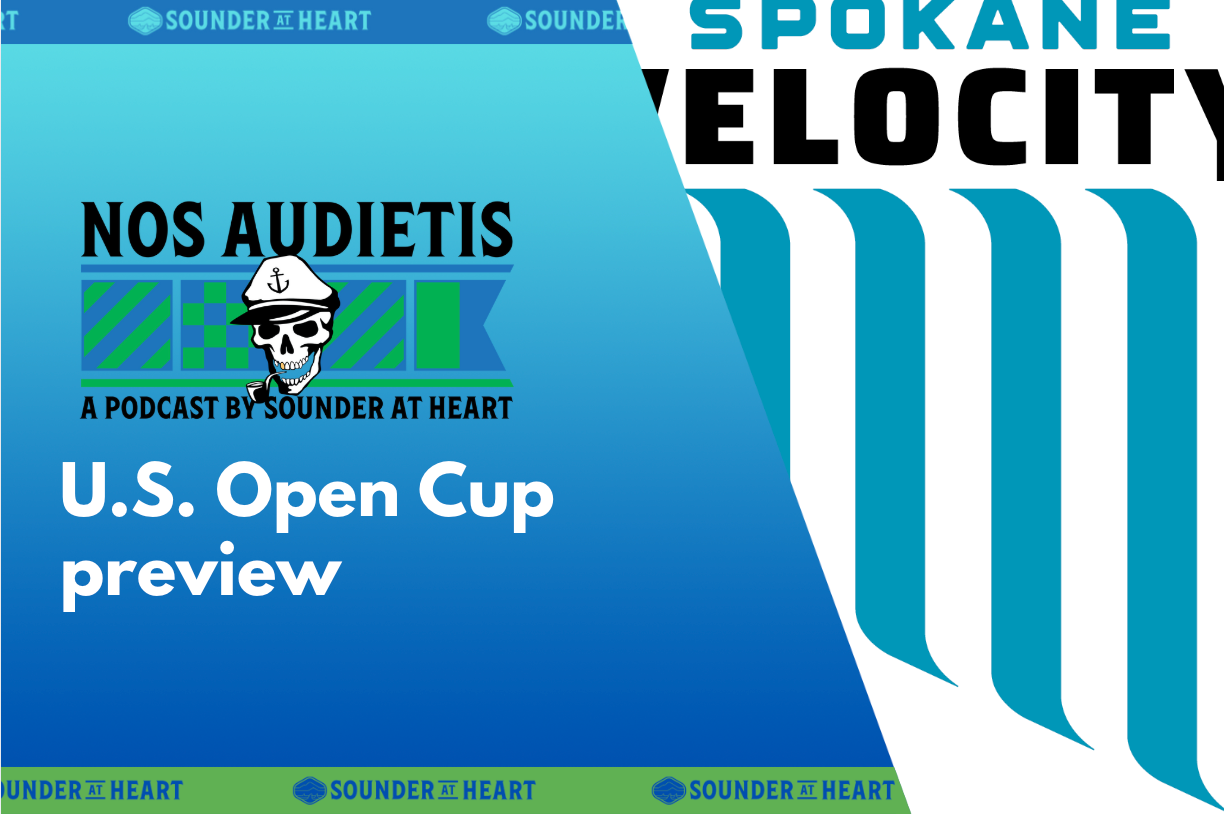From the moment that Seattle and Vancouver were both announced as host cities of the 2026 World Cup, I knew that the Pacific Northwest was going to be one of the stars of the tournament.
Now that we know the exact role both cities will play, I’ve only become more bullish on our region’s potential.
Among the 13 total matches – six in Seattle and seven in Vancouver – that will be played in the region, at least three will feature the host national teams. The United States will play its second group stage game in Seattle, while Canada will play its second and third group-stage games in Vancouver. There will also be a total of four knockout stage games here, two in each of the Rounds of 32 and 16.
Of course, it would have been fun to have some later-stage matches, but knowing that some of the most anticipated games of the group stage will be here is a pretty worthy tradeoff. There’s even the chance at a sort of two-city doubleheader, with Canada scheduled to play in Vancouver on June 18 and the USMNT in Seattle a day later.
By having so much energy focused on those early stages, I also suspect it will allow momentum to build. By the time we get to the quarterfinals, there will be well-established routines. People will know where they want to watch games and we can be less worried about hosting and more free to simply enjoy ourselves.
Generally speaking, though, I genuinely enjoy being a host. I’m proud of Seattle, proud of the city, proud of the soccer culture, proud to let others see it. We’ve collectively done a lot of work to make Seattle a genuine soccer hotbed, a legacy that stretches back at least 50 years.
By now, our reputation is well known, and from the sound of it, that’s a big part of why this is all happening.
“The Sounders have done a great job of establishing themselves as an elite club both with the crowd and on the field,” USMNT head coach Gregg Berhalter told local media on Monday. “We know we’re in good hands.
“I’m excited for the team to come up and feel the appreciation. I talked about getting goosebumps about the bus to stadium and seeing the fans on the march to the match. That’s real. When you see the smoke and the crowd and noise, it’s a feeling the guys will never forget.”
As great of an atmosphere Seattle already has, by 2026 it should be even better. The Waterfront Project should be finished by then, which will create a pedestrian- and bike-friendly promenade that connects Lumen Field all the way to Pier 62 where the main FanFest is supposed to be. There should also be some significant light rail extensions completed by then, allowing visitors to stay as far away as Lynwood to the north, Redmond to the east and Federal Way to the south without having to sit in traffic to get here. With a little luck, maybe the Amtrak connection between Seattle and Vancouver even gets some added attention.
There will definitely be some downsides, I have no doubt. Our day-to-day lives will be impacted. Traffic is surely going to be a nightmare, those light rail trains will be packed, hotel rooms will be expensive and/or hard to get. Vulnerable populations will also likely be negatively impacted, although I’d like to think we’ll do a better job than most at mitigating that.
One other potential frustration is that it’s entirely possible that tickets will be harder to come by for locals than we’d like. I think we all expected they’d be expensive, but there had been some strong insinuations from local organizing officials that season-ticket holders would get some sort of priority access. I’ve always been a bit skeptical that this would come to fruition – this is, after all, FIFA’s show – but any such talk was notably absent on Monday. Instead, organizing committee CEO Peter Tomozawa talked about making sure games would be “accessible” and hinted at some number of discounted tickets, adding that there are supposed to be nine official FanFests spread around the entire state.
At some point, realities like that will need to be reckoned with. Right now, though, I’m choosing to focus on the big-picture positives. I’m imagining one of those perfect mid-June days where temperatures are in the low-60s and there’s maybe a light drizzle. I can see the sweeping shots of Puget Sound, catching ferries going in and out of the terminals. I’m sure we’ll plenty of images of seaplanes landing on Lake Union, of fans marching along the waterfront to the stadium, of snow-capped Mt. Rainier looming over everything.
But what I really hope is that the organizing committee holds true to its promise to leave a positive legacy. As much fun as it will be to host these games, there’s real potential to impact the people of this region and to make life better.


